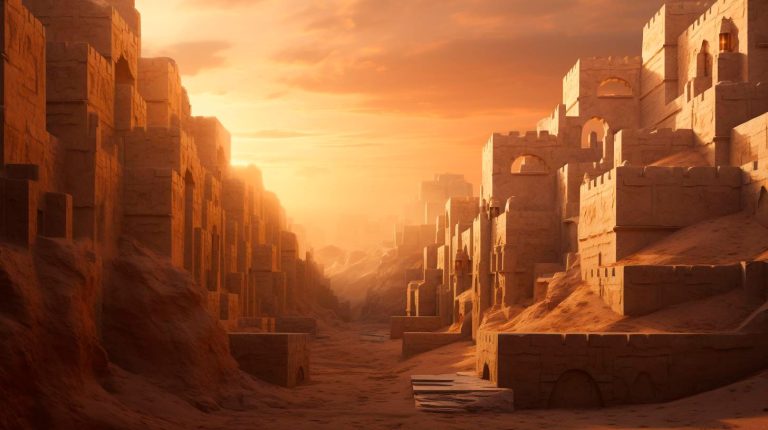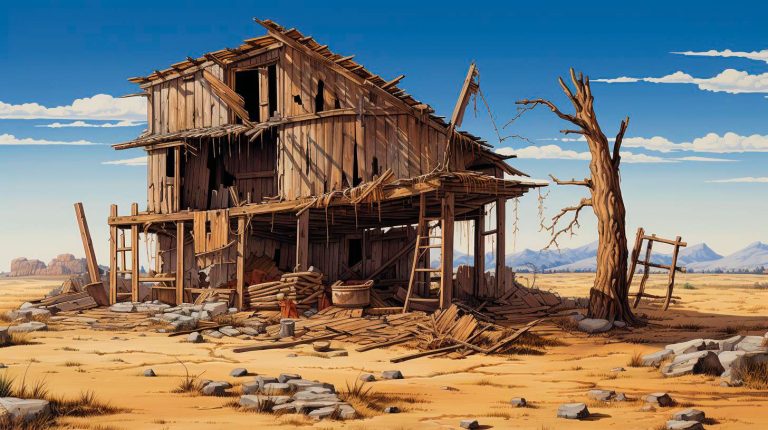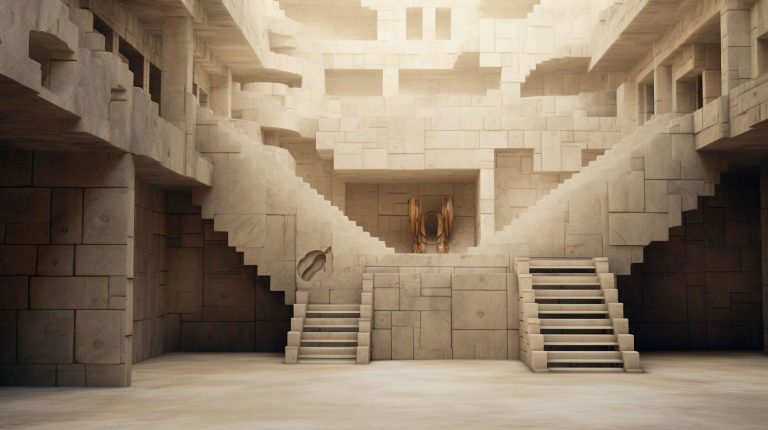In this article, we will delve into the world of astrophotography and explore techniques to master the art of capturing mesmerizing star trails.
Understanding Star Trails
Before we delve into the techniques, let’s understand what star trails actually are. When stars are captured in a photo for an extended period, their apparent motion creates streaks of light across the sky, known as star trails. These trails offer a unique perspective of the earth’s rotation and the vastness of the universe.
Essential Equipment for Star Trail Photography
- Camera with Manual Mode: To have full control over the camera settings, a camera with manual mode is essential for astrophotography.
- Sturdy Tripod: A stable platform is crucial to avoid any unwanted camera movement during long exposures.
- Wide-angle Lens: To capture a larger portion of the sky, a wide-angle lens with a low f-stop is preferred.
- Remote Shutter Release: Using a remote release minimizes any camera shake caused by manually pressing the shutter button.
Techniques for Stellar Star Trails
Let’s now explore some techniques that will help you capture stunning star trails:
Location Scouting
Choosing the right location is vital for successful star trail photography. Look for places with minimal light pollution, such as remote areas or higher altitudes. Apps like Dark Sky Finder can also assist in finding the perfect spot.
Camera Settings
Use these recommended settings as a starting point:
- Shoot in Manual Mode
- ISO: Start with a low ISO setting (around 200 or lower) to reduce noise.
- Shutter Speed: Longer exposures yield more pronounced star trails. Begin with 30 seconds and experiment from there.
- Aperture: Opt for a wide aperture (low f-stop) to gather as much light as possible.
- Focus: Set your lens to manual focus and focus to infinity to ensure sharp stars.
Composition and Framing
Compose your shot carefully, taking into account the foreground elements and the positioning of the stars. Experiment with different angles and perspectives to add depth and interest to your photographs.
Preventing Noise and Battery Drainage
Long exposure shots can generate heat in your camera, leading to increased noise and faster battery drainage. Here are a few tips to mitigate these issues:
- Camera Cooling: If possible, use external fans or cool packs to regulate the camera’s temperature.
- Battery Life: Carry spare batteries to ensure uninterrupted shooting during longer sessions.
- Dark Frame Subtraction: Enable the camera’s noise reduction feature or capture a dark frame to subtract noise in post-processing.
The Magic of Star Trails
Now that you understand the techniques, it’s time to reflect on the undeniable magic of star trail photography:
- Sense of Wonder: Star trails evoke a sense of wonder, reminding us of the vastness and beauty of the universe.
- Inspiration: The mesmerizing patterns created by star trails inspire photographers to continually push boundaries and experiment with new techniques.
- Connecting with Nature: Spending nights under the starry sky while capturing star trails allows photographers to forge a deeper connection with nature.
Key Takeaways
As you embark on your astrophotography journey, keep these key takeaways in mind:
- Choose a suitable location with minimal light pollution to enhance the visibility of star trails.
- Master the camera settings to capture long exposures and bring out the best in your star trail images.
- Experiment with composition and framing to create unique and captivating photographs.
- Be prepared with the necessary equipment and techniques to prevent noise and battery drainage issues.
In conclusion, astrophotography is an art form that allows us to witness and capture the wonders of the night sky. By understanding star trails and implementing the techniques discussed, you can unlock the door to a realm of mesmerizing and enchanting photographs. So, go out there, embrace the dance of light, and let the cosmos be your canvas.


















+ There are no comments
Add yours